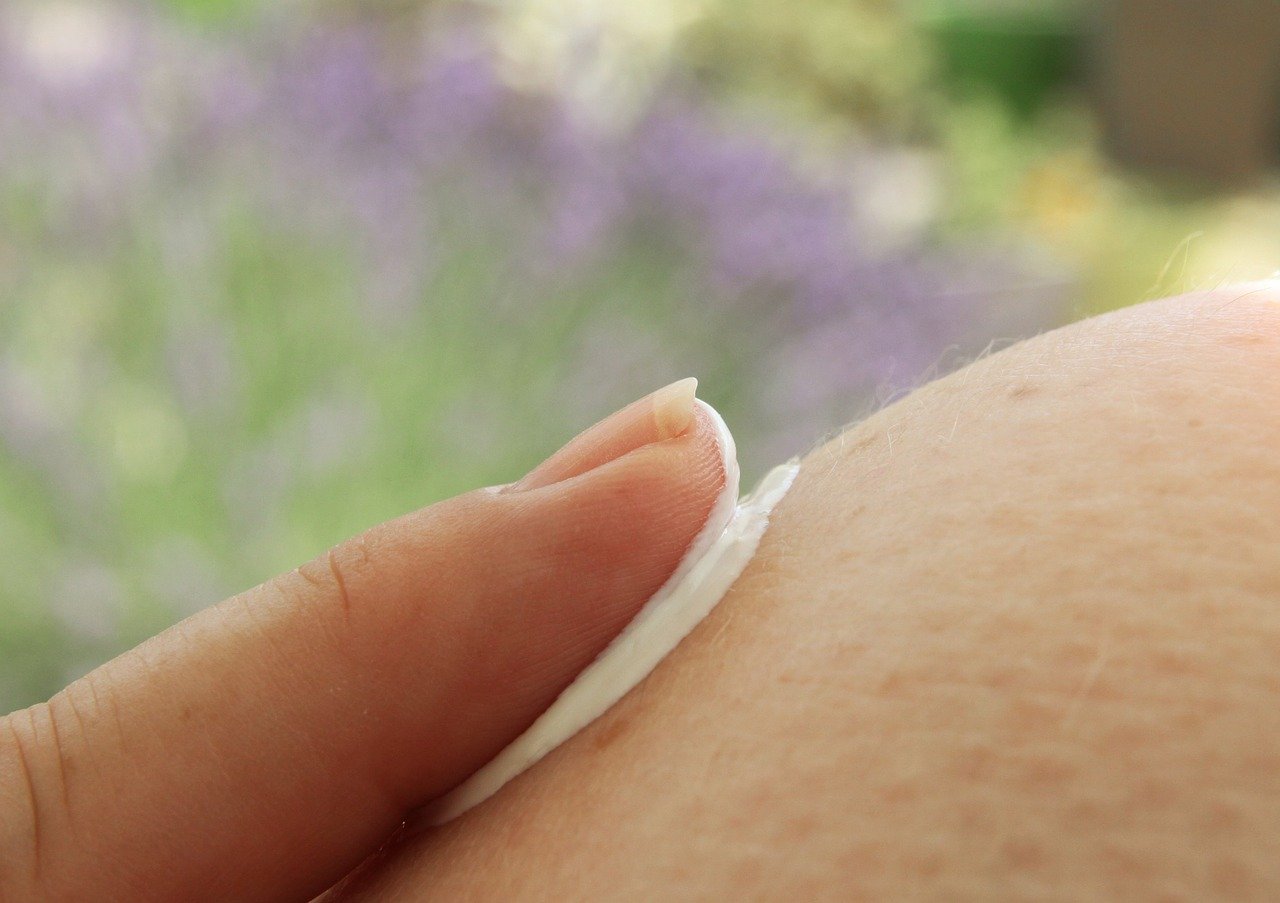In February 2018 researchers from from the USA published their review on the chemical oxybenzone (also known as Benzophenone-3) which is an emerging human and environmental contaminant used in sunscreens and personal care products to help minimize the damaging effects of ultraviolet radiation. In 2009 the Center for Disease Control published the fourth national report on human exposure to environmental chemicals. This demonstrated that approximately 97% of the people tested had oxybenzone present in their urine, as well as various concentrations being found in waterways and fish worldwide. Oxybenzone is also known to react with chlorine, which produces hazardous by-products that can concentrate in swimming pools and wastewater treatment plants. Consuming fish contaminated with oxybenzone and/or washing the ingredient off our bodies and having it return in drinking water, due to water treatment plants not being able to effectively remove the chemical as part of their processing protocols, may also increase the risk of various medical conditions. Individuals have been reported to experience contact and photocontact allergy reactions following exposue to oxybenzone and it has also been linked to Hirschsprung’s disease, a birth defect affecting boys more than girls in which nerves are missing from parts of the intestine. It is also thought to be a possible endocrine disrupting chemical. Environmentally, oxybenzone has been shown to produce a variety of toxic reactions in coral and fish ranging from reef bleaching to mortality. Serious doubts must therefore be raised concerning the the use of sunscreens containing oxybenzone, especially when the rise in skin cancer rates and the availability of more effective sunscreen active ingredients are taken into consideration.
DiNardo JC, Downs CA. Dermatological and environmental toxicological impact of the sunscreen ingredient oxybenzone/benzophenone-3. J Cosmet Dermatol. 2018 Feb;17(1):15-19.
Center for Disease Control: The fourth national report on human exposure to environmental chemicals (2009)
https://www.cdc.gov/exposurereport/index.html

